Tearroir interviews Bug Girl, PhD in Entomology, who shares her thoughts on the topic of the world's most expensive tea: insect feces tea. (I had a special guest interview over at the Tea Blog!
Get Started for FREE
Sign up with Facebook Sign up with X
I don't have a Facebook or a X account

| Tags |
|---|
 Your new post is loading... Your new post is loading...
 Your new post is loading... Your new post is loading...
6 April 2013 When people tell me they've just seen a Common Blue, or a Small Copper, the one thing they always say in a surprised tone of voice is "it was really small" - which is true for these sp... Via Laurent Deprost
Bernadette Cassel's insight:
Comment déterminer la taille de votre papillon
Increases in ground-level ozone, especially in rural areas, may interfere not only with predator insects finding host plants, but also with pollinators finding flowers, according to new research. Via François Verheggen
Bernadette Cassel's insight:
"Les concentrations plus élevées d'ozone dans l'air empêchent les insectes herbivores de trouver leur plante hôtes"
via Twitter https://twitter.com/FrVerheggen/status/320449267972075521
A new research found out that dragonflies may be one of the most effective hunters in the animal kingdom since it catches its prey more than 95 percent of the time, which has a significantly higher probability than the hunting skills of lions and great white sharks.
Although dragonflies are naturally one of the most well-liked insects, they are apparently ferocious too when they lock their eyes on their prey. Compared to a lion’s 25-percent accuracy, dragonflies defy nature to catch and eat their prey right away.
Aside from the fact that these are voracious aerial predators, dragonflies also have an insatiable appetite. This means their predation may happen several times a day because they happily grab as much food as they can. Stacey Combes, a Harvard student who studied the biomechanics of dragonfly flight, said she saw one laboratory dragonfly eat 30 flies in one flight.
Bernadette Cassel's insight:
Les libellules se révèlent être les chasseuses les plus efficaces du monde
A big brood of cicadas is forecast to emerge from the ground this spring along the East Coast, all the way from the Carolinas to New York State.
Bernadette Cassel's insight:
« Un cycle de 17 ans ! » « Les cigales arrivent ! Les cigales arrivent ! »
via Twitter https://twitter.com/pixeltoo/status/319507807743393792
Dragonflies are among the most ancient of insects — they were darting across rivers and lakes long before dinosaurs appeared — and have evolved many mechanisms to survive, says Dr Dan Bickel, an entomologist with the Australian Museum. Via Matti Virtala
From
phys
The tropics are home to an extraordinary diversity of insect species. How great is it, exactly?
Bernadette Cassel's insight:
Les tropiques abritent une extraordinaire diversité d'espèces d'insectes dont nous ne connaissons pas l'ampleur. Des chercheurs du Muséum d'Histoire naturelle de Santa Barbara ont publié une étude sur des coléoptères tropicaux de la famille des Histeridae.
Ils ont nommé 138 nouvelles espèces rien que dans le seul genre Operclipygus. Leur travail est basé sur une étude de plus de 4 000 spécimens qu'ils ont recueillis dans les musées d'histoire naturelle partout dans le monde ou qu'ils ont eux-mêmes collectés sur le terrain en Amérique centrale et en Amérique du Sud.
(d'après le résumé et le début de l'article)
With the BionicOpter, Festo has technically mastered the highly complex flight characteristics of the dragonfly. Just like its model in nature, this ultralight flying object can fly in all directions, hover in mid-air and glide without beating its wings.
A clip from the BBC Four programme, featuring researchers from Rothamsted Research
Bernadette Cassel's insight:
Vidéo réalisée par la British Broadcasting Corporation, dans laquelle des scientifiques examinent les antennes d'insectes pour voir comment ils sentent et comment ils détectent des produits chimiques tels que les phéromones. (d'après Bioécologie http://bioecologie.over-blog.com/article-video-on-how-insects-smell-116675082.html)
Preface (Extract):
In issuing this first volumo of "Aid", I wish to call attention to the following sentence in my Prospectus, viz: - "There will be a Systematic Index, together with such remarks on the insects as may appear absolutely necessary, but the Editor is anxious to avoid adding to the already voluminous Entomological Literature ; the present work being intended to elucidate that which has been already written."
[Aide à l'identification des insectes en 2 vol. illustrés,1880-1882, 400 p. à télécharger | W.A.S./mahn-84]
Bernadette Cassel's insight:
SUR VARIÉTÉS ENTOMOLOGIQUES :
After smashing, baking, and decaying the colorful outer layers that give some insects their sheen, scientists studying fossilized insects think they're closer to deciphering the original hues of today's dull and dark insect fossils.
Bernadette Cassel's insight:
Ressusciter les couleurs iridescentes des insectes fossiles
It can take years of direct observation for a researcher to fully understand the diets of a community of herbivorous insects in a tropical rain forest.
Bernadette Cassel's insight:
L'étude de la relation entre les plantes et les insectes qui s'en nourrissent est une tâche ardue, car elle ne peut être menée que par l'observation directe. Cela peut prendre des années pour un chercheur de bien comprendre le régime alimentaire d'une communauté d'insectes herbivores dans une forêt tropicale.
Cinq scientifiques ont trouvé un moyen plus rapide en utilisant l'ADN trouvé à l'intérieur estomac de l'insecte, ce qui pourrait ramener à quelques mois les années de recherche. Cette méthode aidera les scientifiques à comprendre l'écologie et l'évolution des interactions plantes-herbivores de manière plus efficace.
(d'après le résumé de l'article)
BBC Four gets up close and personal with the insect kingdom in a series of documentaries.
Bernadette Cassel's insight:
BBC Four diffuse une nouvelle série documentaire en six parties sur le monde étrange des insectes : "Alien Nation"
|
In Bug Grad School I learned about a crazy group of flies called Hippoboscidae, or louse flies. These flies have adopted an ectoparasitic lifestyle, which means they live on other animals much lik...
Bernadette Cassel's insight:
Souffler sur des chauves-souris. Pour la science.
We might as well end my spider campaign on a high note - the most beautiful spiders I have ever seen, PEACOCK SPIDERS! They're just 5mm long and are confined to eastern parts of Australia.
Bernadette Cassel's insight:
A new species of leafcutter bee, Megachile chomskyi, is described from Texas, United States.
Bernadette Cassel's insight:
SUR ENTOMONEWS :
→ Une nouvelle espèce d'abeille coupeuse de feuille du Texas : Megachile chomskyi http://sco.lt/83ZNXF
I think I will start with introducing one of my favorite insects, the wasp nest beetle or Metoecus paradoxus to give it the correct scientific name... This little beastie has been seen by my eyes o...
Bernadette Cassel's insight:
Metoecus paradoxus le coléoptère et la guêpe sans méfiance
Insect goop made from the DNA of creepy crawlies could be used to quickly reveal the biodiversity of an area regardless of whether the species involved are known to science.
The technique involves DNA barcoding which identifies species using short genetic markers in the creature's DNA with something called next generation sequencing (NGS) technology which is part of metabarcoding.
For the study, 73 insects were collected and preserved while the genomics research team performed a visual identification. Once complete (as far as possible) DNA from the legs of each creature was analysed using DNA barcoding and compared with data from the Barcode of Life Data Systems. Finally, after a round of differential centrifugation (a way of separating cells into their component parts) mixed DNA samples were analysed with an ultra-deep sequencing strategy.
That last step allows research teams to assess biodiversity at the species level regardless of whether the species can be actually be identified. It also makes it possible to work out the total quantity of mitochondrial DNA present which related to the ratios and physical mass of each species present.
Speaking about the developments, genomics researcher Xin Zhou said, "In some sense, the contribution of NGS technology to biodiversity research is equivalent to what microscopes did to microbiology."
The study concludes that the metabarcoding approach shows "great potential in biodiversity-related surveillance, such as in biomonitoring programmes."
Bernadette Cassel's insight:
Une nouvelle méthode pour analyser l'entomo-diversité à partir de l'ADN des insectes.
L'article et l'interview de l'auteur :
→ Ultra-deep sequencing enables high-fidelity recovery of biodiversity for bulk arthropod samples without PCR amplification http://www.gigasciencejournal.com/content/pdf/2047-217X-2-4.pdf
→ Q&A with Xin Zhou, author of our insect “squishome” paper
From
phys
Tropical rainforests are known for their high biodiversity of countless species, many of them unknown and not named by scientists yet. A large proportion of this undiscovered life on earth is formed by insects, especially beetles.
Bernadette Cassel's insight:
101 nouvelles espèces de coléoptères, appartenant toutes à un même genre très diversifié : l'annuaire papou aide les scientifiques à donner des noms à certaines d'entre elles.
Liste et description des espèces : http://species-id.net/wiki/Special:PrefixIndex/trigonopterus
Typical time course of an experiment (1 hour). The starting area is in the top right corner, the target area in the bottom left corner. Video published by Simon Garnier and al. - Publication in PLOS computational biology - march 2013.
Bernadette Cassel's insight:
Via Slate.fr :
→ Les robots-fourmis s'entraident pour trouver le plus court chemin http://www.slate.fr/life/70113/robots-fourmis-plus-court-chemin
SUR ENTOMONEWS :
→ Des chercheurs toulousains utilisent des micro-robots qui imitent les fourmis pour comprendre leur comportement http://sco.lt/6EU0cj
Taxonomists live in an age of technological riches. We have digital cameras, high-powered microscopes, DNA sequencers, computers, and boatloads of software for managing data. Each new technology is introduced with some party or other promising that the invention will speed the molasses-like pace of new species descriptions. After all, forests are falling in the name of progress, and if we don’t catalog what lives in them countless species will vanish without our knowing they even existed.
[...]
Bernadette Cassel's insight:
À propos de taxonomie, suite à la révision du genre et à la description de deux nouvelles espèces de fourmis de Madagascar :
→ A taxonomic revision of the Meranoplus F. Smith of Madagascar (Hymenoptera: Formicidae: Myrmicinae) with keys to species and diagnosis of the males http://www.mapress.com/zootaxa/2013/f/zt03635p339.pdf
Fire ants use their claws to grip diverse surfaces, including each other. As a result of their mutual adhesion and large numbers, ant colonies flow like inanimate fluids. This film shows how ants behave similarly to the spreading of drops, the capillary rise of menisci, and gravity-driven flow down a wall. By emulating the flow of fluids, ant colonies can remain united under stressful conditions.
Bernadette Cassel's insight:
Lorsqu'elles s'agrippent les unes aux autres, les fourmis forment une masse qui se comporte comme un fluide.
Nature has better tricks than even Photoshop, as these translucent glasswing butterflies illustrate. [42 Fabulous Photos] Via Matti Virtala
Bernadette Cassel's insight:
DANS VARIÉTÉS ENTOMOLOGIQUES :
→ Découvrez le Greta oto, l’incroyable papillon qui possède des ailes transparentes http://sco.lt/6NmHXV
Buglife. « The world's greatest museum of art and design gets a new roof for wildlife » « The new roof will be monitored by wildlife experts this summer as part of wider research to identify which invertebrates are using the roof. Previous studies on Living Roofs in central London have recorded many species of beetles, flies and bees including the nationally rare Brown-banded carder bee (Bombus humilis). »
Two new studies have highlighted a negative impact on bees' ability to learn following exposure to a combination of pesticides commonly used in agriculture.
Bernadette Cassel's insight:
Deux nouvelles études ont mis en évidence un impact négatif sur la capacité des abeilles à apprendre après l'exposition à une combinaison de pesticides couramment utilisés en agriculture.
Les chercheurs ont constaté que les pesticides, qu'ils ont utilisés à des niveaux équivalents à ceux rencontrés dans la nature, pourraient interférer avec les circuits d'apprentissage dans le cerveau de l'abeille.
Ils ont également constaté que les abeilles exposées à des pesticides combinés ont été plus lentes à apprendre ou ont complètement oublié d'importantes associations entre parfum floral et récompenses alimentaires.
(d'après le résumé de l'article)
|





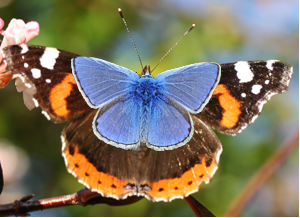
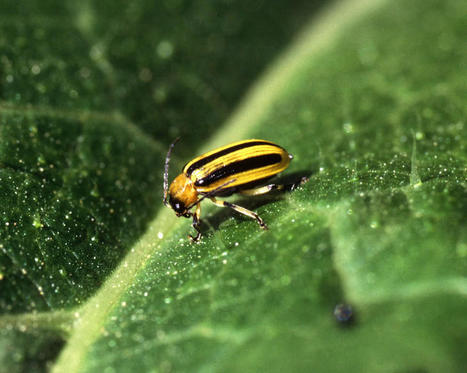
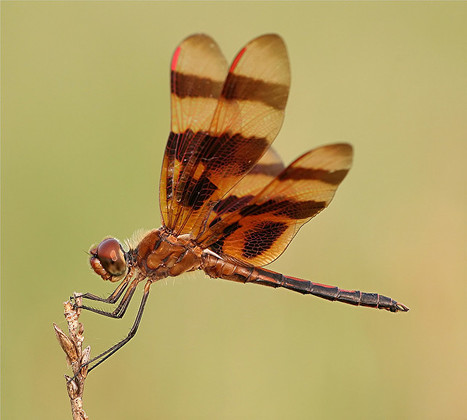
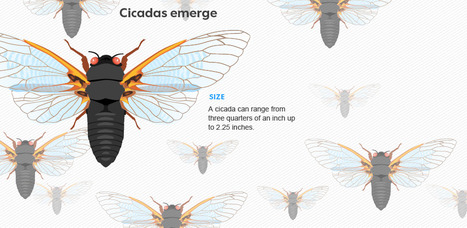
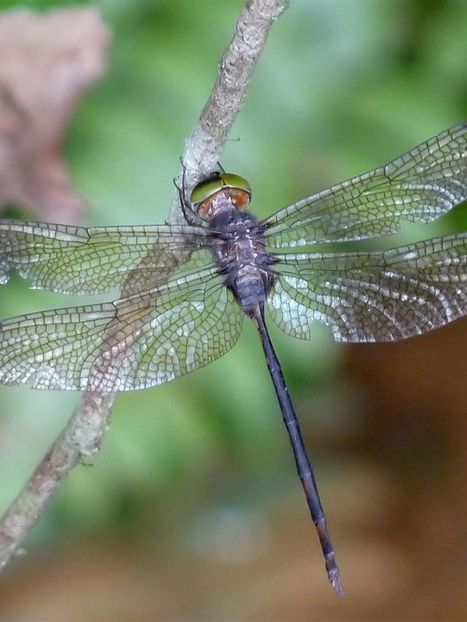

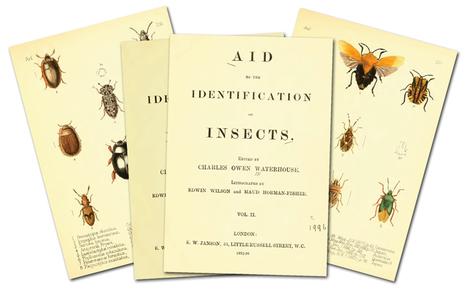


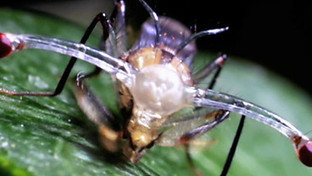

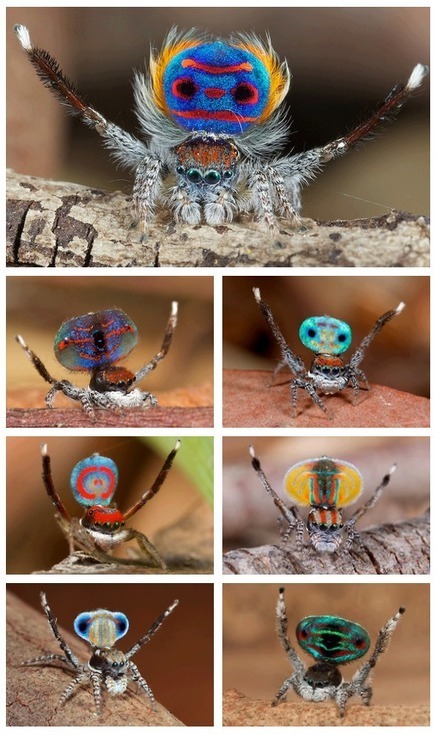
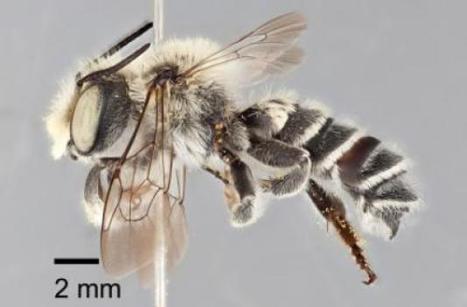
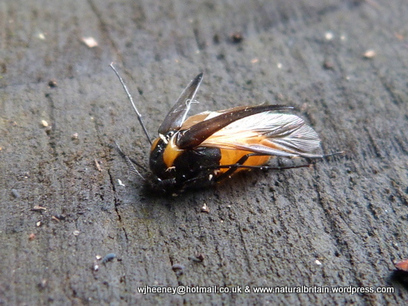


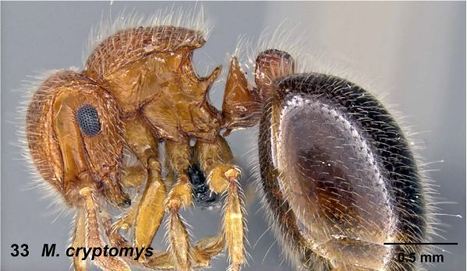

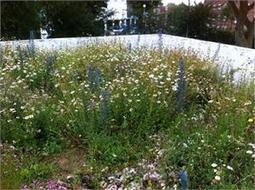






Interview de Bug Girl suite à son billet de blog sur le thé d'excréments d'insectes
SUR ENTOMONEWS :
→ Les bienfaits présumés du thé d'excréments d'insectes
http://sco.lt/9JR997